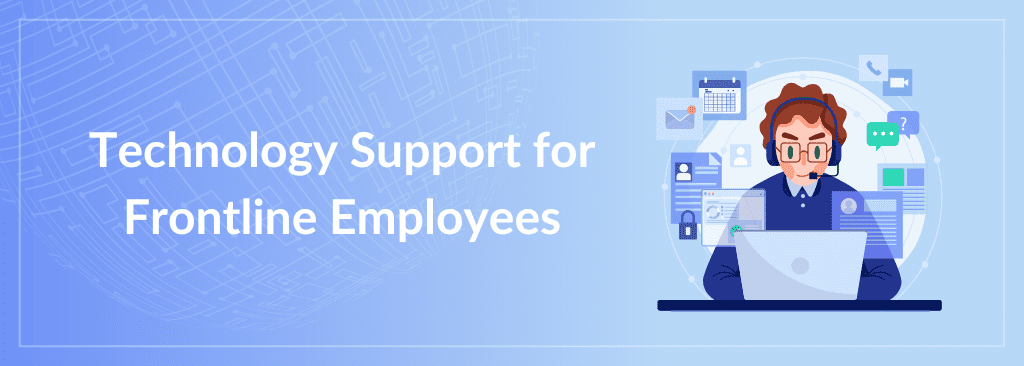Is There a Need for Better Technology and Systems to Support Frontline Employees?
Only two in five contact center agents are supported by AI, robotics, and chatbots, says CCA Global and HGS UK research.
The same research reports the following:
- 78% of senior customer experience professionals noted the need for better technology and systems to support frontline employees
- 50% of those surveyed mentioned that the growing complexity of customer interactions has meant the need for supporting technology has never been higher
- 50% of respondents said that more complex inquiries lead to increased referred calls to other departments, making the infrastructure for collaborative modes of working and seamless connections across the organization critical
- Only 16% reported that they could easily identify the customer journey across different channels
- 70% cited the need for improved training programs
- 68% called for improved induction programs
- 74% reported that investing in technologies or software to support new operating models was a key priority for them moving forward
- 82% of respondents want to prioritize moving their customers to digital and self-service channels
This research was conducted with senior customer experience professionals in contact centers across the UK’s financial services, the public sector, and retail businesses.
This is a fair representation of the needs of the sector. Based on our experience of serving 1000s of customers worldwide, we feel they cannot be more right in their findings.
Most customer-facing agents are good with soft skills, but the hard skills are where they need help.
Customer Experience Representatives and Technology
Agents are at the bottom of the pyramid in the customer experience journey. Still, when customers call in, they are the face of your industry. They are expected to know everything you offer, get paid the least, and have their work policed the most.
Everything works against them to be the performer you desire the agent to be.
They are the most stressed people when it comes to delivering customer experience.
The reasons for their stress are:
- 26% mentioned finding the right answers to customer questions
- 25% mentioned different systems and information sources giving different answers
- 20% mentioned hopping from one application or window to another
- 14% mentioned it was hard to keep up with all the new information and changes
[Source: A Forbes study]
When you look at these findings, all of these are technology related.
How Do You Enable Your Agents to Provide the Best Customer Experience?
Technology is the answer to this problem.
Before discussing technology, let us look at the most critical aspect of customer experience: understanding the customer journey.
It would help if you mapped your customer journey across different personas and offerings. This will allow you to understand and identify the friction points.
Once you identify the friction points, it gets easier to improve the customer experience.
Several organizations consider bringing AI, ML, and conversational chatbots to their customer experience.
But are they ready for it?
I will go further and ask if they really need it.
I think you need to look at a lot of housekeeping before you get to the intelligence stage.
Let us look at three of them.
1. Give Your Customer Experience Reps the Resources They Need to Succeed
What does this mean?
It means one view of the customer and one interface for the agents, irrespective of the channels customers choose to interact with. You should provide your agents with a unified dashboard where they can access all the information about the customer through the click of a button.
This means bringing together the website, email, SMS, chat, messaging, mobile apps, voice, and social. Besides, the customer interaction channels must be integrated with CRMs, helpdesk software, and other IT solutions like ERPs from where you can access customer information.
2. Seek Feedback from Your Agents
Who are the best people in the house from whom you can learn about customer expectations?
It is your customer service agents. They are the frontline of customer service and would see opportunities that are invisible to others. Your agents’ experience sets the tone for customer experiences.
Seek their feedback, and incorporate them into your customer experience process. Keep your agents an inclusive part of your customer experience goals.
3. Train Continuously
Every customer service agent would come across at least 4 to 6 new use cases every week.
Capture them diligently, and use them as a part of your continuous training. Besides, you can use voice analytics to understand training issues – quality, compliance, misselling, inappropriate language, and complex queries.
Once you have these in place, your training goes into autopilot mode, helping improve customer experience tremendously.
These will ensure that your infrastructure is geared towards providing the best possible customer experience.
When you add intelligence in the form of AI, ML, and conversational chatbots – it will help you enhance the customer experience considerably. Also, with this infrastructure in place, you could leverage intelligence.
